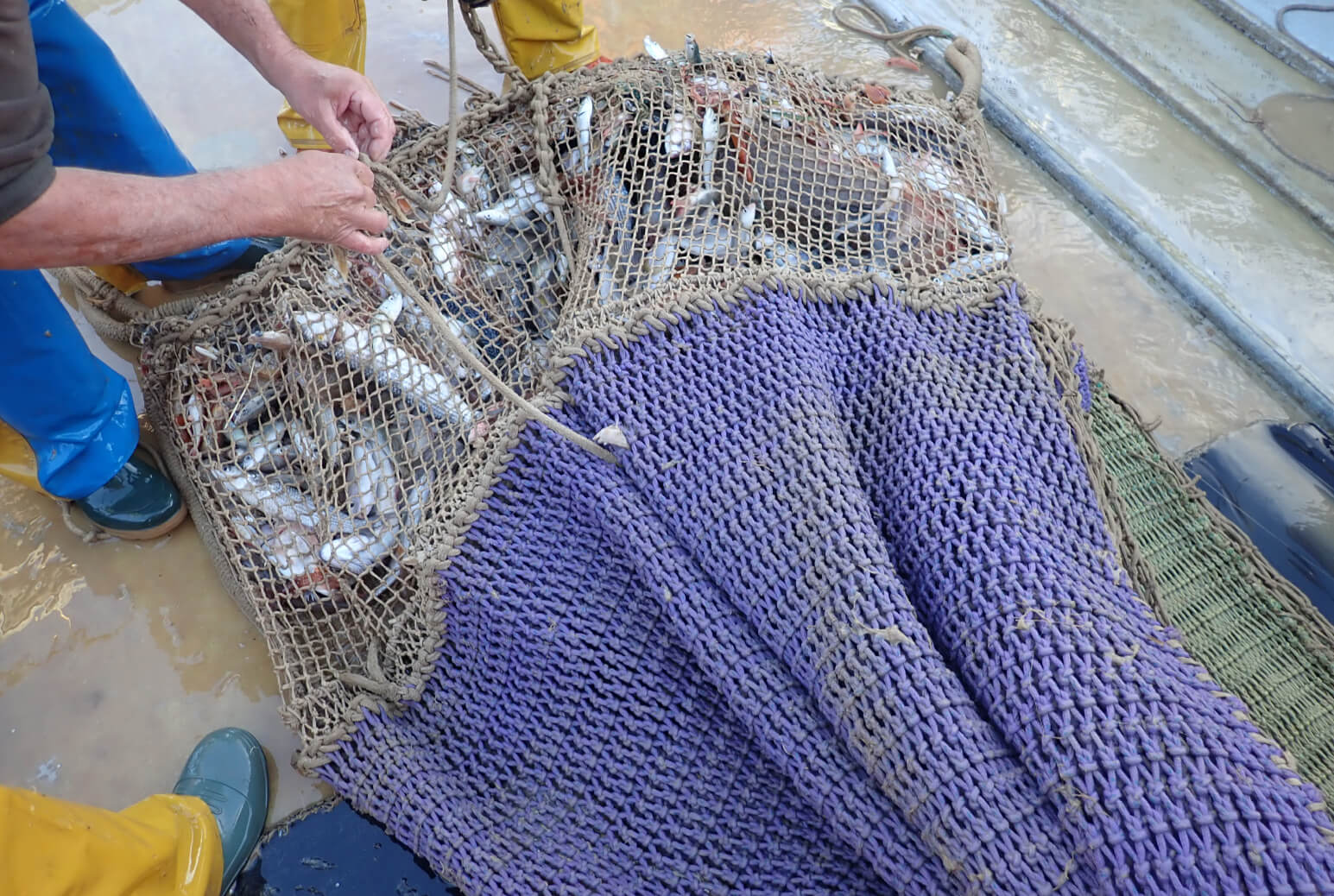The new no-take zones total 462 square kilometers, which is roughly equivalent to the extension of Andorra.

Catalonia has added this 2022 a total of 20 new marine protected areas banned to demersal fishing, i.e., fishing of species that inhabit the seabed. The total surface area of these zones is 462 square kilometers, which adds up to 283 times the previous protected area where this type of fishing was not allowed.
The creation of this new marine protected areas network is the result of a close collaboration between the Catalan fishermen’s guilds, the scientific sector, represented by the Institut Català de Recerca per a la Governança del Mar (ICATMAR) and the Institut de Ciències del Mar (ICM-CSIC) of Barcelona, and the Generalitat de Catalunya for more than three years.
“This measure will contribute to the recovery of ecosystems and marine species that are part of them,” celebrates the ICM-CSIC and ICATMAR researcher Laura Recasens.
The initiative is part of the Maritime Strategy of Catalonia, which is based on the co-management model, i.e. the active participation of all stakeholders involved in decision-making on fisheries management. However, the first steps were taken in 2013 by a group of fishermen from the Roses fishermen’s guild who decided to carry out the first closure of a fishing area. Later, in 2015, a scientific team from the ICM-CSIC began to study how this measure was contributing to the ecosystem’s recovery.
This first closure led to an increase in the abundance of juveniles and adults of commercial species, not only within the protected area, but also in adjacent areas. Therefore, researchers decided to extend the initiative to all the fishermen’s guilds in Catalonia until the current establishment of this network of 20 new marine protected areas along the entire coastline.
The Catalan model is also being implemented in other areas of Spain thanks to the collaboration between ICATMAR and the Spanish Institute of Oceanography (IEO) with the Spanish government’s Fisheries Secretariat.
A historic milestone
Alogether, the protected zones total 462 square kilometers, which is roughly equivalent to the surface area of Andorra.
“We value very positively the fact that, in order to carry out the implementation of this model in Catalonia, the different fishermen’s guilds have had to give up exploiting part of their fishing grounds, thus contributing to the protection of marine ecosystems,” states the ICM-CSIC and ICATMAR researcher Joan B. Company, who is convinced that the new measure will be very beneficial for the marine environment.
Because of the existence of this marine protected areas network, from January 2022 no demersal fishing activity will be allowed, which will favour the biodiversity recovery and the increase of the biomass of the species in these habitats, including those of commercial interest.
In this sense, ICATMAR and ICM-CSIC are committed to a monitoring and restoration program of exploited ecosystems to ensure a continuous gathering of quality scientific data to inform the administration’s decisions on fisheries management.

